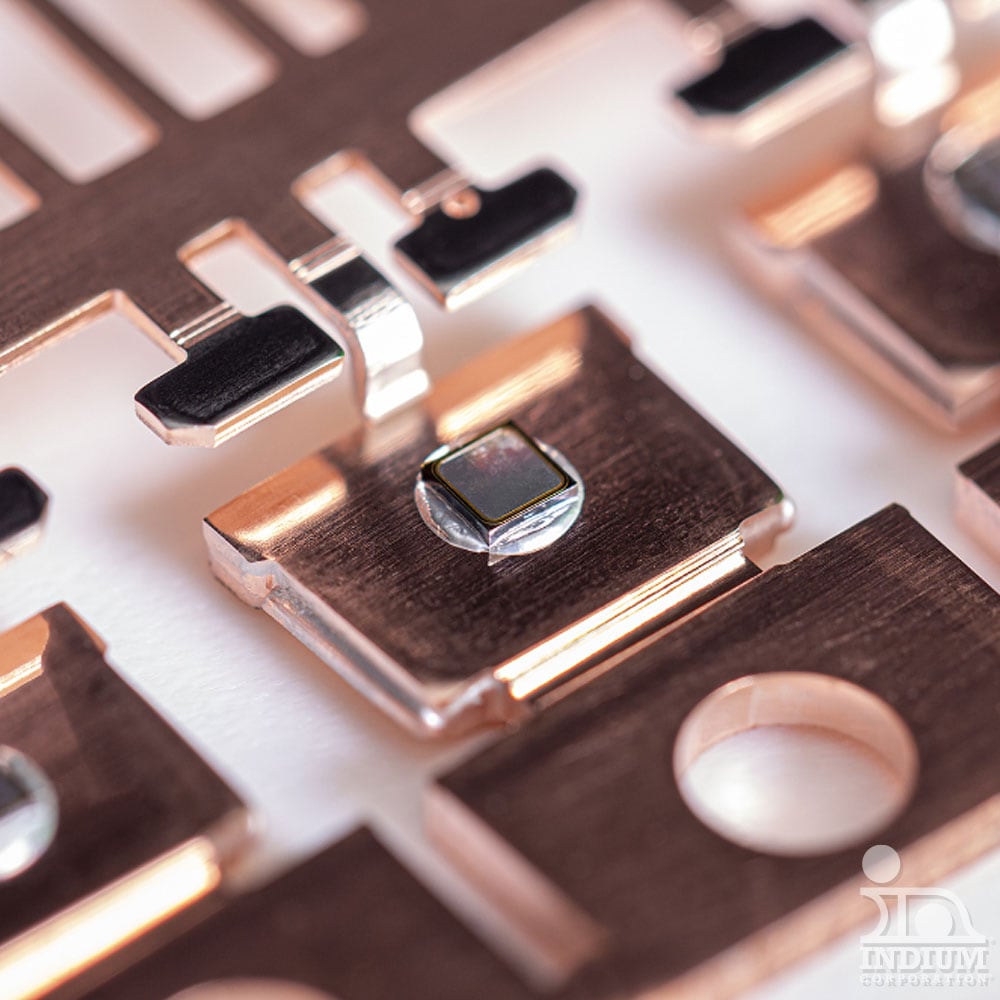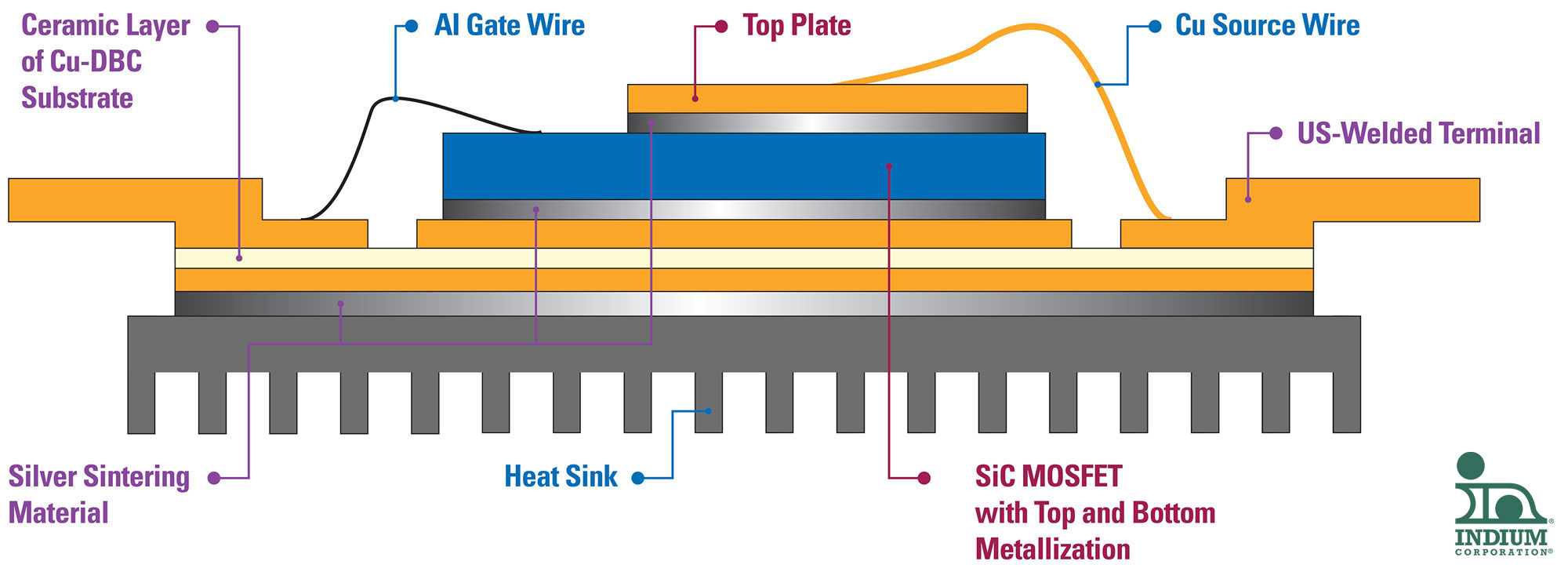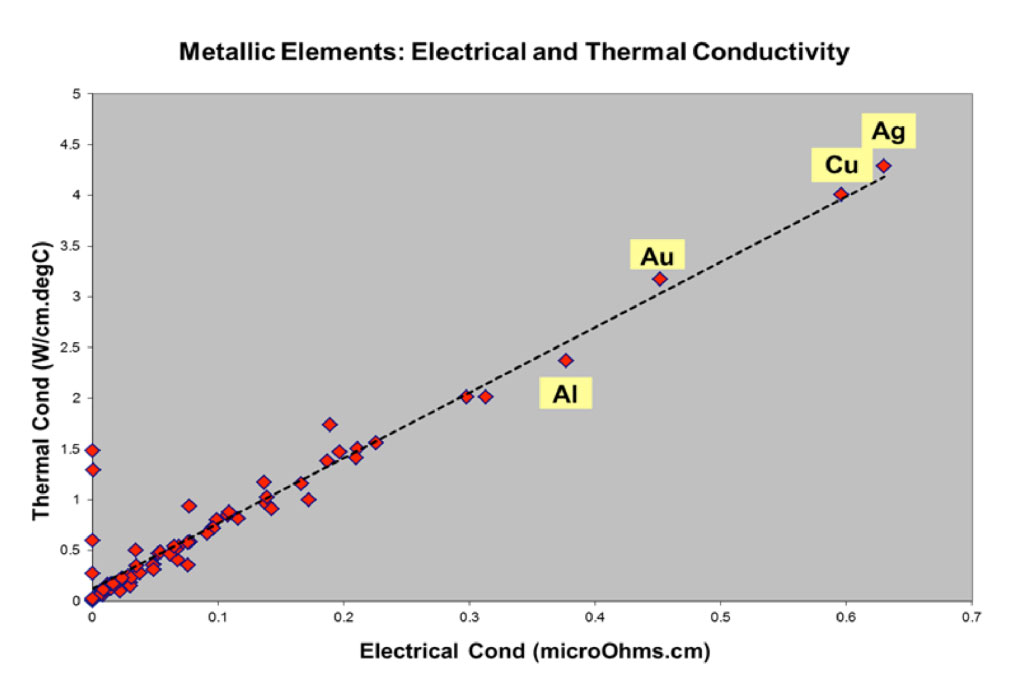Related Silver Sintering Blog Articles
The Surge of Cu Sinter Paste
Indium Corporation’s Cu sinter materials are not only innovative, they’re out of this world! You can learn more about Indium Corporation and the full range of material solutions available at www.indium.com. Contact me at dpayne@indium.com if you are interested in learning more about InFORCE®29, InBAKE™29 or any of Indium Corporation’s sintering solutions.
Read MoreSinter material for power electronics - copper's time to shine?
In recent years, silver sinter materials have grown in popularity in power module assembly, especially for die attach...
Read MoreWhy QuickSinter®? Let’s see the difference between Soldering and Sintering
Dr. McDonough discusses some of the benefits of QuickSinter® including its ability to handle high-temperature operating life without breaking down and its ability to maintain a uniform bondline. Read this post to learn more.
Read More




